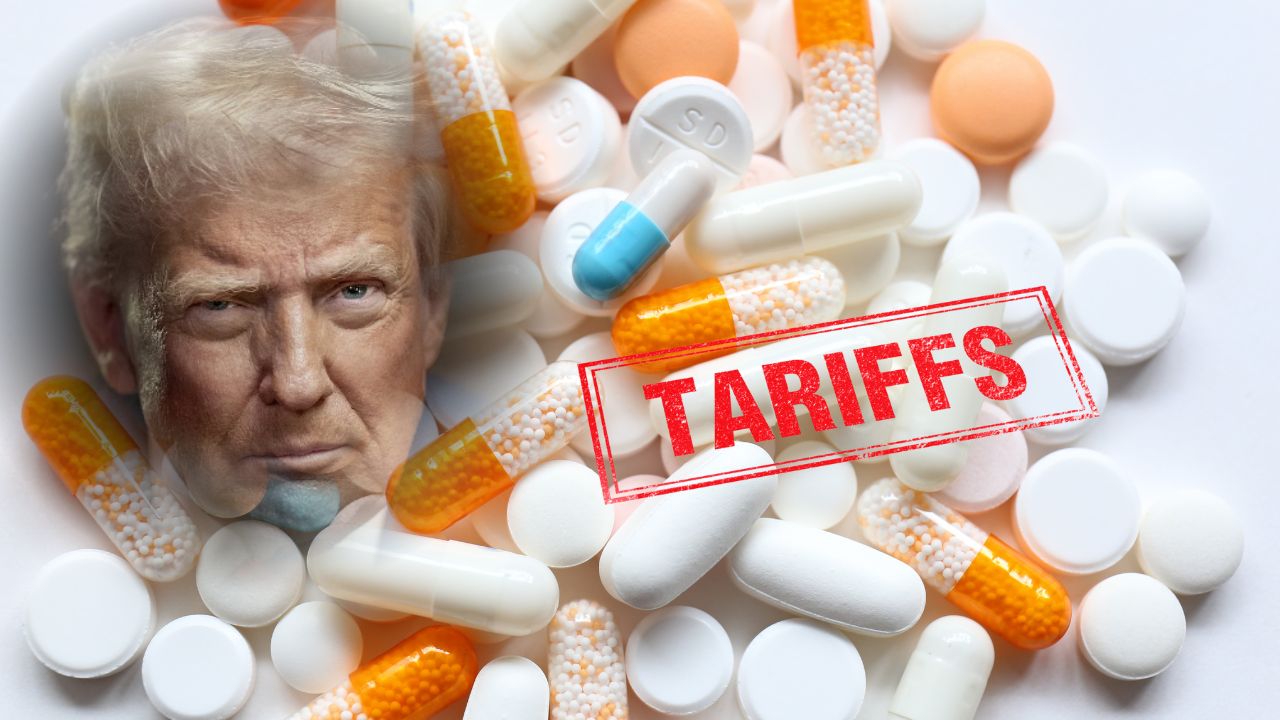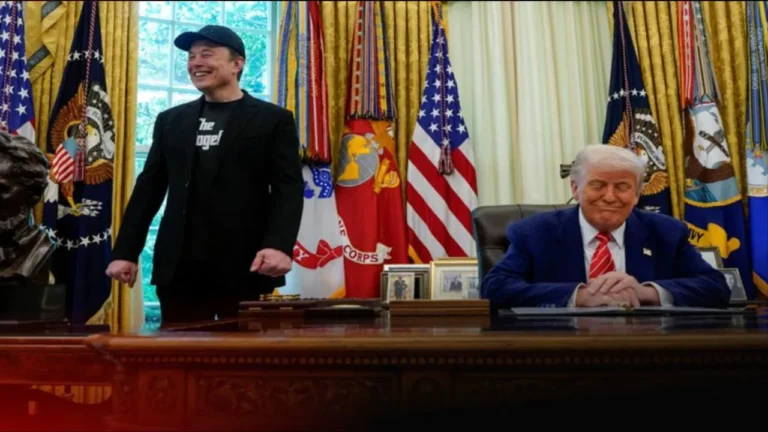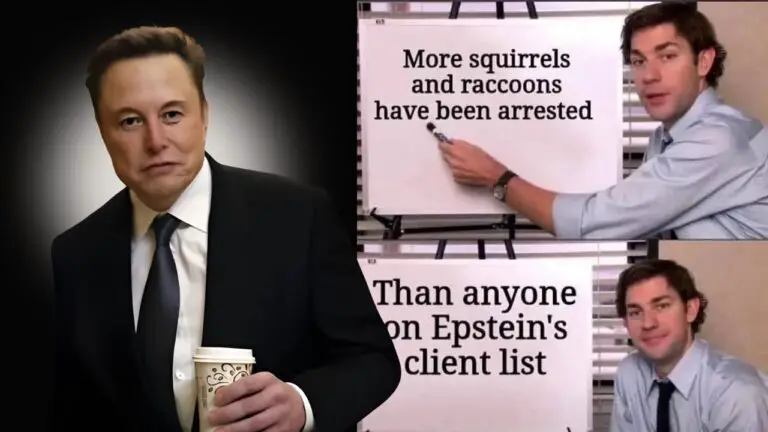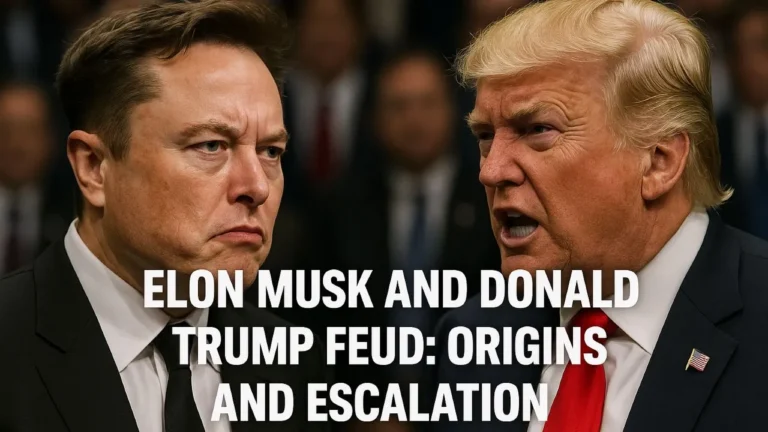Trump’s 100% Tariff on Imported Drugs: A Bold Bid to Reshore Pharma, But at What Cost to Americans?
In a sweeping economic maneuver aimed at bolstering American manufacturing, President Donald Trump announced on September 25, 2025, a staggering 100% tariff on imported branded and patented pharmaceutical drugs. The policy, set to take effect on October 1, 2025, targets products from overseas unless their manufacturers are actively constructing production facilities in the United States. Framed as a national security imperative and a response to “unfair outside competition,” the tariffs seek to repatriate drug production amid lingering vulnerabilities exposed by the COVID-19 pandemic.
This move escalates Trump’s broader trade agenda, which has already imposed duties on everything from steel to consumer electronics. But in the high-stakes world of pharmaceuticals—where supply chains span the globe and lives hang in the balance—the implications could ripple through pharmacies, hospitals, and family budgets nationwide.
The Policy’s Core: Reshoring for Resilience
Trump’s rationale is straightforward and unapologetic: America must end its dependence on foreign drug makers. “We’ve let other countries rip us off for too long,” the president declared during a White House briefing, pointing to chronic shortages during the pandemic that left millions without critical medications. The tariffs, he argued, will incentivize global giants like Pfizer, Novartis, and Indian generic powerhouses to invest in U.S. soil, creating jobs and fortifying supply chains against future disruptions.
Exemptions are a key carrot in this stick-heavy approach. Generic drugs—often the lifeline for low-income patients—escape the levy entirely. Companies already breaking ground on American factories, such as those announced by Eli Lilly and AstraZeneca in recent years, will also sidestep the hit. The administration envisions a wave of new plants, echoing the reshoring successes in semiconductors under the CHIPS Act.
Yet, the policy isn’t without controversy. Critics, including the Pharmaceutical Research and Manufacturers of America (PhRMA), warn that it could exacerbate the very shortages it aims to prevent. “This is a sledgehammer on a supply chain that’s already fragile,” said PhRMA CEO Stephen Ubl in a statement.
Who Gets Hit Hardest? A Look at the Targets
The tariffs zero in on branded and patented drugs, which account for about 80% of U.S. pharmaceutical imports by value. Major exporting nations stand to lose big:
| Country | Share of U.S. Drug Imports | Key Products Affected | Potential Response |
|---|---|---|---|
| Ireland | ~25% | Biologics (e.g., monoclonal antibodies) | EU-wide retaliation threats |
| India | ~20% | Generics (exempt, but APIs vulnerable) | Diversify to other markets |
| Germany | ~15% | Oncology and specialty drugs | Accelerate U.S. plant investments |
| Switzerland | ~10% | Patented therapies (e.g., Novartis) | Legal challenges via WTO |
| UK | ~8% | Vaccines and rare disease treatments | Bilateral negotiations |
Data compiled from U.S. International Trade Commission reports.
India, a linchpin in the generic drug supply, may fare better due to exemptions, but upstream active pharmaceutical ingredients (APIs) could still face indirect pressure. European heavyweights like Roche and Bayer, already navigating Brexit-era shifts, are scrambling to qualify for waivers by fast-tracking U.S. expansions.
The Human Cost: Skyrocketing Prices and Access Fears
For the average American, the tariffs translate to a stark reality: higher costs at the pharmacy counter. Analysts predict that prices for imported branded drugs—think cancer treatments, insulins, and blockbuster statins—could surge by 50-100% in the short term, as importers pass on the duties. A month’s supply of a patented biologic, already costing $5,000 or more, might double overnight, hitting seniors on Medicare and families with chronic conditions hardest.
“Patients don’t have time for these experiments,” warned Dr. Aaron Bernstein, executive director of the Center for Climate, Health, and the Global Environment at Harvard. Shortages could delay new therapies, particularly for rare diseases where domestic alternatives are scarce. The policy’s timeline exacerbates the risk: Building a single pharma plant can take 3-5 years and billions in investment, leaving a gap filled by inflated imports.
On the flip side, proponents highlight long-term wins. “This forces innovation in domestic production, which could lower costs over a decade,” said economist Peter Navarro, a Trump advisor. If successful, it could add 100,000 manufacturing jobs and reduce the $100 billion annual U.S. drug trade deficit.
Global Ripples and Political Backlash
Internationally, the announcement sent shockwaves. Shares in Asian drugmakers like Sun Pharma plunged 5-7% in after-hours trading. The European Union is mulling countermeasures, potentially targeting U.S. exports like aircraft and agricultural goods. India, a key U.S. ally in countering China, has urged “mutual consultations” to shield its $10 billion pharma export sector.
Domestically, the policy divides along partisan lines. Republicans hail it as “America First” toughness, while Democrats decry it as a “tax on the sick.” Bipartisan calls for congressional oversight grow louder, with Senate Health Committee hearings slated for next week.
Looking Ahead: Gamble or Masterstroke?
As October 1 looms, the pharma tariffs embody Trump’s high-wire economic nationalism: a high-risk bet that short-term pain yields enduring gain. Will they spark a manufacturing renaissance, or ignite a crisis in healthcare affordability? The answer lies in boardrooms from Basel to Boston, and ultimately, in the hands of policymakers willing to tweak exemptions and timelines.
For now, Americans stocking up on prescriptions might want to act fast. In the words of one industry veteran: “This isn’t just trade policy—it’s triage for our medicine cabinets.” As the dust settles, one thing is clear: The era of cheap imported pills may be drawing to a close.







